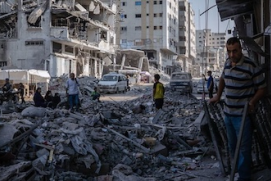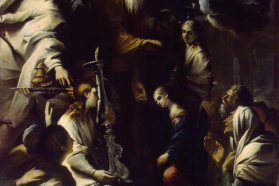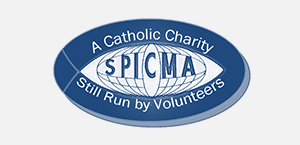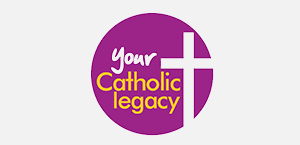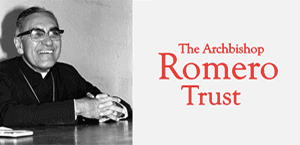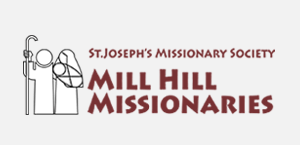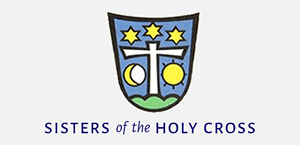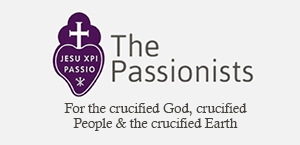Sebastia: Whose heritage?

Nabi Yahya Mosque, traditional burial site of St John the Baptist, in Sebastia
The people of the Palestinian town of Sebastia continue their daily life in continuity with centuries of history. Their town is home to impressive ruins that date back to Biblical, Roman, Byzantine, Muslim and Ottoman times, layer over layer. Their special pride is that their home is the site of the traditional tomb of Saint John the Baptist, venerated by both Christians and Muslims as a great prophet. The town of over three thousand inhabitants is surrounded by olive groves. Visitors coming to view the ruins, pilgrims coming to venerate the tomb, and the oil made from the olives are the main sources of income for the townsfolk.
On November 19, 2025, the Israeli Civil Administration published the expropriation order that allowed the seizure of the entire area of the ancient Roman ruins and the surrounding areas, including vast groves of olive trees belonging to Sebastia and neighbouring Burqa.
The orders exploit Biblical texts and archaeological excavations to justify confiscating Palestinian land and displacing Palestinians from their homes. Sebastia is identified as "Shomron", the capital of the Biblical Northern Kingdom of Israel in the 9th and 8th centuries BC. Sebastia is one of sixty sites in the northern West Bank that are being claimed by Israeli authorities as "archaeological sites". More than half these sites are in the area of the Palestinian city of Nablus.
A number of sites have already been expropriated in the West Bank. They have been handed over to the administration of illegal Israeli settlers in the area. These include Susya (near Hebron), Tel Rumeida (in Hebron) and Khirbet Seilun (Tel Shiloh, between Ramallah and Nablus). The settlers receive extensive Israeli funding to develop the sites for tourists. More land is seized for the building of roads and the establishment of infrastructure to facilitate access. This has also been well-documented in the case of the so-called "City of David" in the heart of the Palestinian neighbourhood of Silwan, in Israeli occupied East Jerusalem. The plan for Sebastia includes the building of a tourist center and a fence that would close off the site to the people of the town. The plan also blocks out associations that have been preserving the site and developing it, including al-Quds University and ATS Pro Terra Sancta, which have been working with the local municipality.
The seizure of Sebastia is a direct assault on Palestinian religious heritage and on the practice of religious freedom. It is a strategic attempt to erase the ties that Christian and Muslim Palestinians have to the lands that they have lived in for centuries and to erode the bonds to their heritage that have given them pride and resilience. This is an attempt not only to seize land, but history and identity itself. The fact that Biblical texts are being used to expropriate land, displace those who live there, and replace them with settlers should be especially scandalous to people of faith.
Religious leaders and people of faith and goodwill must urgently speak out to stop this action. If we remain silent in front of such an egregious decision, then more and more of the Palestinian heritage will be seized. We cannot allow the religious and cultural heritage of the Palestinians to be confiscated, violated and erased using religious texts and archaeological research. The entirety of the land we call holy is the home of Christians, Muslims, and Jews whose common heritage can be identified in the layers of history that stretch back to Biblical times. This heritage cannot be treated as the exclusive property of one group. Rather, in truly honouring this heritage, we might be able to open a future horizon of equality, justice and peace for all who treasure this heritage.
LINK
UNESCO report: https://whc.unesco.org/en/tentativelists/5718/





